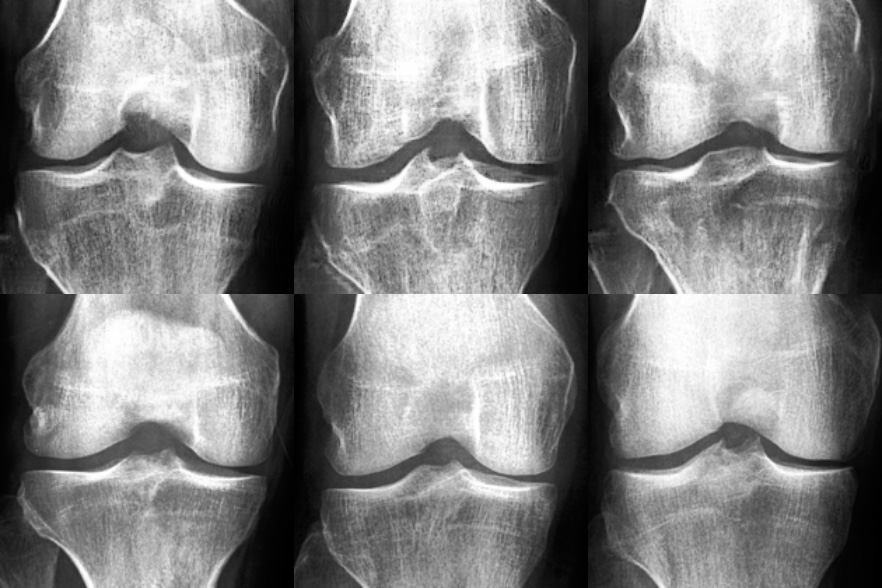A group of researchers from University of Jyväskylä’s AI Hub Central Finland project developed an AI based method to create synthetic knee x-ray images to replace or complement real x-ray images in knee osteoarthritis classification.
Researchers used synthetically generated X-ray images to complement a data set of real X-ray images from the osteoarthritis study. The authenticity of the images was then assessed together with specialists from the central Finland healthcare district.
Medical experts were asked to rate osteoarthritis severity without knowing that the data set included synthetic images. In the second phase, experts tried to identify authentic and synthetic images. The results showed that on average, it was improbable even for medical experts to distinguish between real and synthetic x-ray images.
“The use of synthetic data is not subject to the same data protection regulations as real data. Using synthetic data can facilitate collaboration between, for example, research groups, companies and educational institutions”, says Sami Äyrämö, Head of Digital Health Intelligence Laboratory at the University of Jyväskylä.
According to Äyrämö, the use of synthetic data also speeds up authorisation processes and thus, among other things, testing of new ideas.
The use of synthetic data can lead to better results in patient care and medical method development

Data-driven AI methods can be used to support doctors in making diagnoses. Even though the technical potential of AI is huge, the amount of medical data is often insufficient This is a key challenge in developing medically effective methods.
“By mixing real and synthetic x-ray images, we improved AI-based osteoarthritis classification systems”, says Fabi Prezja, the Doctoral Researcher responsible for developing the artificial neural network.
In the future, synthetic data can lead to better results in developing medical methods and patient care, especially for medical conditions where real patient data is limited.
“In addition the neural network is capable of modifying synthetic x-ray images to expert specifications. This capability is very powerful and allows potential future use for medical educational applications, and stress testing for other AI systems”, Prezja adds.
The research was carried out in collaboration with the central Finland healthcare district, whose director, a professor of surgery Juha Paloneva sees AI-based diagnostic methods as a valuable way of transferring the know-how of an experienced doctor to support the work of a younger doctor.
Adjacent image show a set of screenshots of an animation showing how a synthetic x-ray can be modified to expert specifications.
“AI can be used to reveal, for example, hard-to-spot signs of early osteoarthritis. However, AI methods for osteoarthritis are still improving, so the work continues”, Paloneva says.












Show Comments